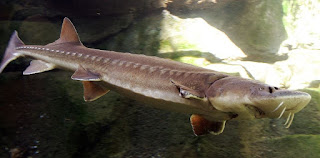BX Monsters A to Z: Gelatinous cube
And now, the most iconic monster in D&D history, the Captain of Team Ooze and Slime, the inspiration for the title of this very blog... the wonderful, wobbly, and weird gelatinous cube! I've always had a bit of a soft spot (pun intended) for the slimes and oozes of D&D, and the gelatinous cube particularly captured my interest from the first moment I thumbed over its entry in the monsters chapter of the Basic Set. (I have a deep fascination with both transparent substances and polyhedral solids. Maybe it's an autistic thing.) I'm sure the gelatinous cube is one of, if not THE, first monsters to arise from the conventions of the game itself, specifically that of the 10'x10'x10' corridors seen on almost all dungeon maps. What better size and shape to roam those corridors scouring them clean of delicious organic detritus? So the head janitor of ruins and catacombs came into being. As one would expect, gelatinous cubes are pretty squishy, with an Armor Clas

